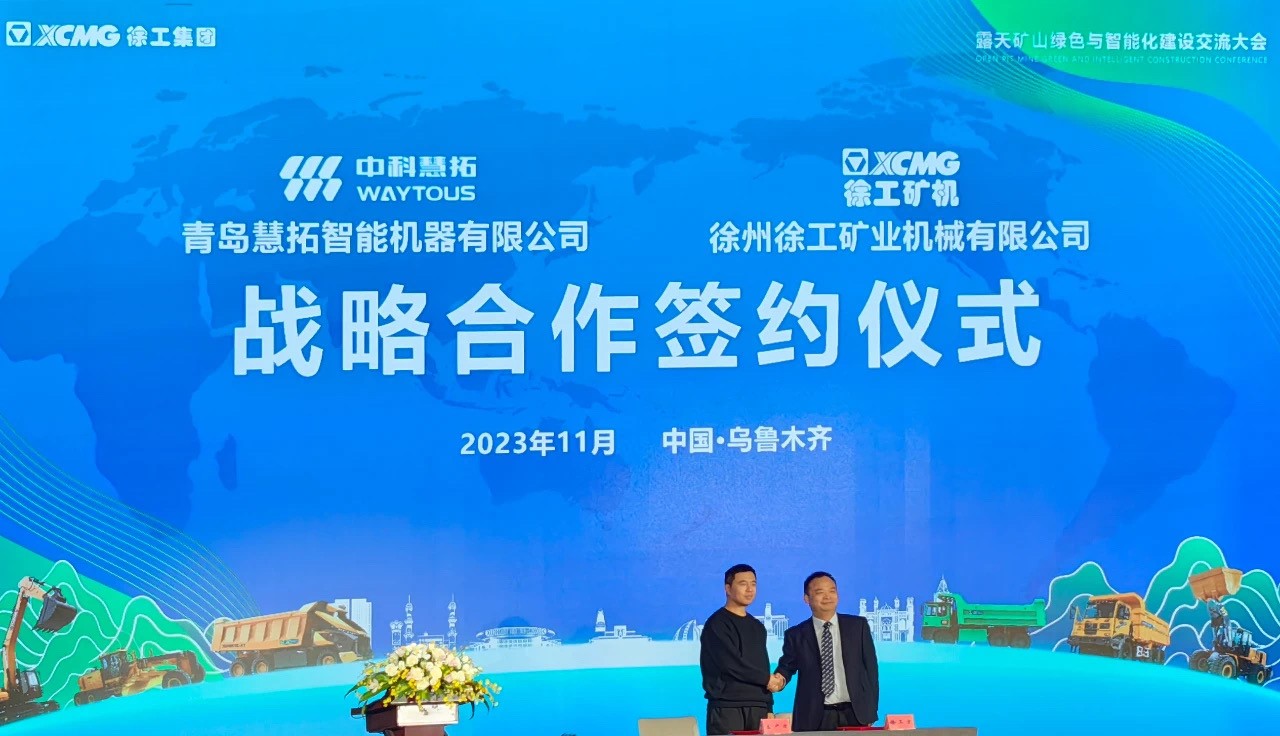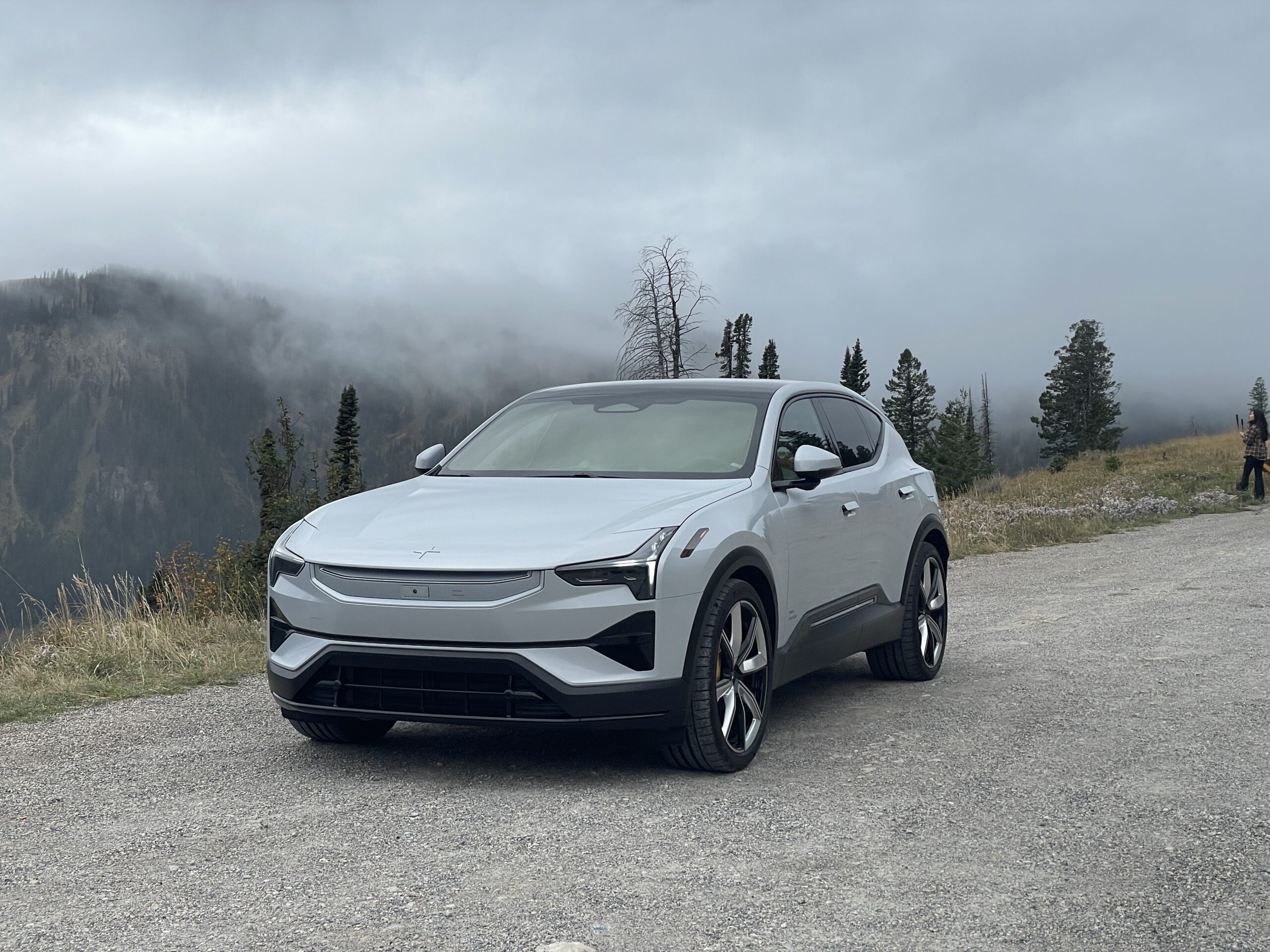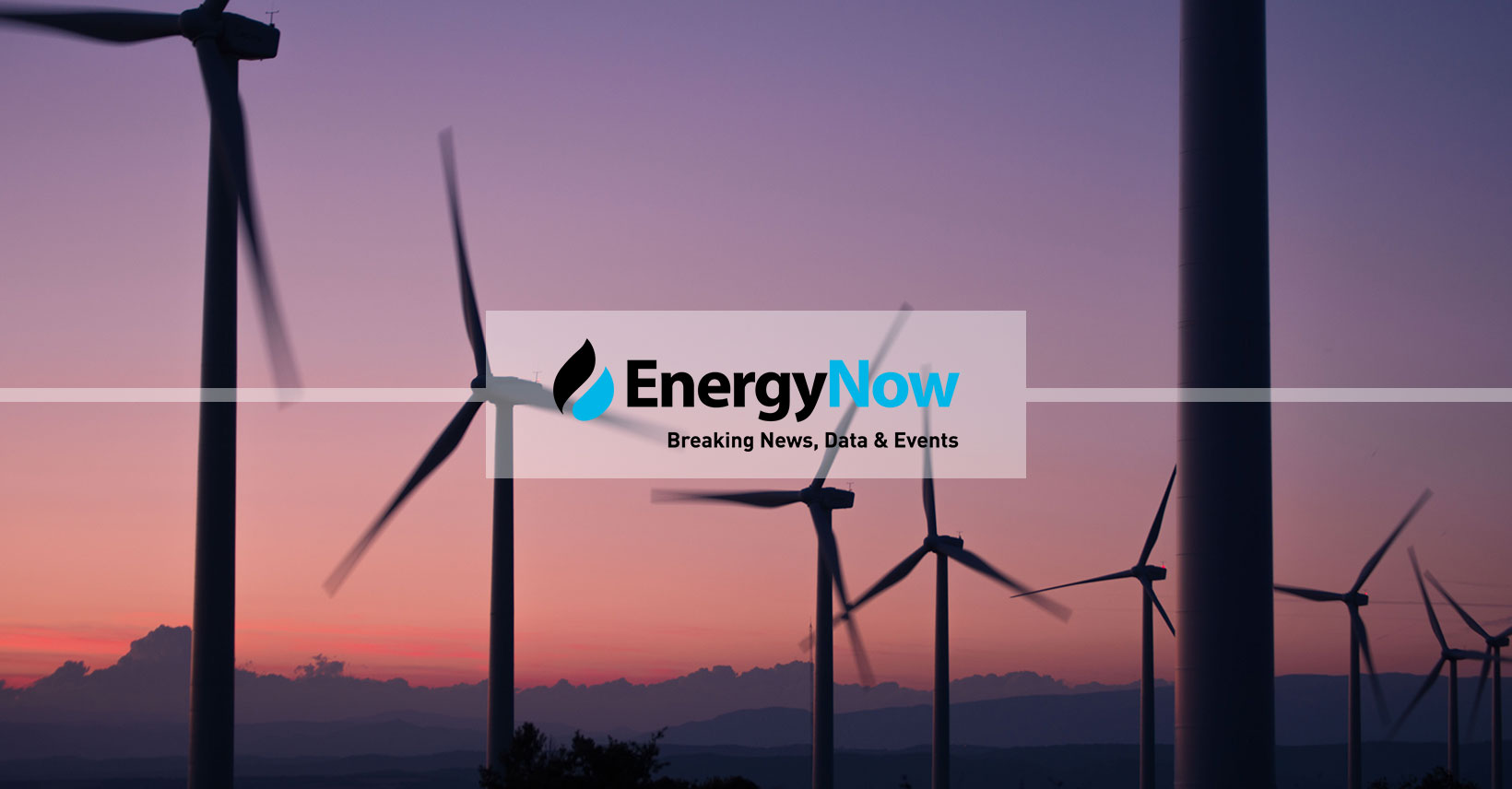Sign up for daily news updates from CleanTechnica on email. Or follow us on Google News!
Editor’s note: In the interest of open debate, we are publishing the article below from the ICCT. This is part of a debate the ICCT is having with Michael Barnard. You can read Michael’s articles on the topic here, here, here, and here.
By Felipe Rodríguez, Director Heavy-Duty Vehicles at the ICCT
There’s been a lot of interest in the ICCT’s study on the total cost of ownership (TCO) for the next generation of European trucks. Our analysis concluded that battery electric trucks are always the most cost effective (compared to any other truck technology) in any scenario we looked at. The ICCT stands by the methodological rigor of our study. Unfortunately, several misinterpretations are swirling in the current conversation. Specifically, there is confusion around electricity costs and charging prices, around the impact of the type of consumer on electricity costs, and around our use of Power Purchase Agreements (PPAs) to estimate the cost of producing green hydrogen. This post clarifies that confusion.
Charging price vs electricity cost
First, charging price is what truckers see when they charge their battery-electric truck; it’s more than just raw electricity cost. Charging prices are set by Charging Point Operators to recover capital expenditures related to charging infrastructure and grid upgrades, to cover the operating expenditures (a substantial part of which is electricity consumption), and to provide a profit margin. They are influenced by the anticipated low utilization rates of charging hubs, particularly in the early stages of market adoption, which adds to the overall costs.
It’s also important to note that fuel cell trucks are much less efficient than battery electric trucks. A long-haul battery electric truck in 2030 will go about 2.7 times further on one unit of electricity than a fuel cell truck. Therefore, one might expect the cost of operating a fuel cell truck to be at least 2.7 times higher than its battery-electric equivalent. However, due to variations in electricity costs, and considering the infrastructure cost and usage of charging and hydrogen refueling stations, we found that the energy costs were only about 2.2 times higher. These nuances are explained further below.
Electricity costs differ by consumer type
Electricity costs have three main components: energy charge, demand charge, and fixed charge. Adding taxes and levies generates the electricity cost consumers see. Our analysis applied a consistent framework for grid fees and taxes to both green hydrogen production and battery-electric truck charging. Despite this uniformity, significant differences emerge in demand fees due to contrasting load profiles. The green hydrogen production in our model is characterized by a steady 1 MW load, while the battery-electric truck charging hub we analyzed, with its nameplate capacity of 20 MW, operates with a higher and more variable load. This disparity impacts demand fees and the overall cost structure. Moreover, as highlighted in Eurostat data, electricity prices significantly vary by consumer band (e.g., between a small depot and a large charging hub), depending on annual consumer consumption. These factors result in slightly different electricity costs for green hydrogen production compared to those for truck charging hubs.
Green hydrogen production PPAs
Our green hydrogen production model assumes producers use PPAs to demonstrate the use of renewable electricity, consistent with EU requirements. Fundamentally, we cannot model grid-average electricity for those electrolyzers; it comes with the risk that the hydrogen produced would not be low carbon. Therefore, we assumed that the producers’ electricity cost is the sum of the levelized cost of electricity, grid fees, and taxes, to represent the underlying cost of renewable electricity plus delivery charges. The ICCT’s assumed PPA cost is consistent with data on EU PPA prices, though we also included grid fees and taxes.
We’re continuing to work to refine PPA cost estimates, particularly with new green hydrogen rules in Europe mandating “additionality.” EU hydrogen producers must soon align new, additional renewable electricity use with production hourly, though the cost impact of this is unclear. They might adapt to renewable energy’s variability by lowering capacity or adding stable electricity sources. Researchers are assessing potential cost implications; we are working on their integration into future cost models.
Nevertheless, our study includes a range of scenarios that vary by multiple parameters. The cost of energy is just one of them. For green hydrogen, our central scenario consistently falls within the more expensive range noted in the scientific literature from authoritative sources such as Argonne National Laboratory and the National Renewable Energy Technology Laboratory. The central 2030 and 2040 hydrogen production costs in this study (independent of refueling station cost) fall on the upper range of production cost estimates from Concawe, DNV GL, IRENA, and BloombergNEF. The ICCT’s approach is consistent with most hydrogen cost analyses.
Still, given the interest in our study, we are working to expand our analysis to include an additional scenario to model a PPA for the MW charging hub and the smaller truck depots. This scenario will explore the implications of using a PPA for battery-electric truck charging, potentially leading to lower electricity costs than those projected in our central scenario.
Conclusion
We stand by our work. These topics are complex, particularly when forecasting and comparing different energy pathways with distinct characteristics and requirements. But our commitment at the ICCT is clear: to provide rigorous, unbiased, independent research that informs policymakers. To that end, we welcome continued dialogue.
Have a tip for CleanTechnica? Want to advertise? Want to suggest a guest for our CleanTech Talk podcast? Contact us here.
CleanTechnica Holiday Wish Book
Our Latest EVObsession Video
I don’t like paywalls. You don’t like paywalls. Who likes paywalls? Here at CleanTechnica, we implemented a limited paywall for a while, but it always felt wrong — and it was always tough to decide what we should put behind there. In theory, your most exclusive and best content goes behind a paywall. But then fewer people read it!! So, we’ve decided to completely nix paywalls here at CleanTechnica. But…
Thank you!
CleanTechnica uses affiliate links. See our policy here.





